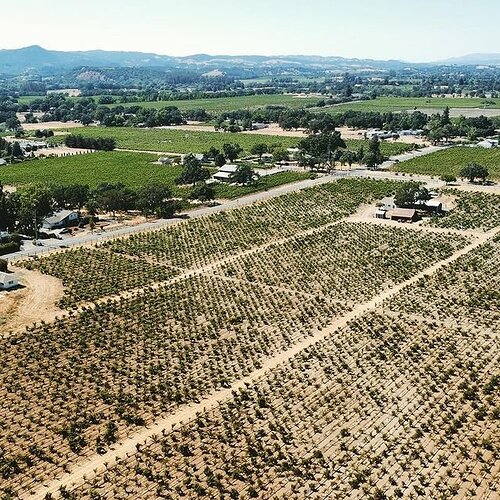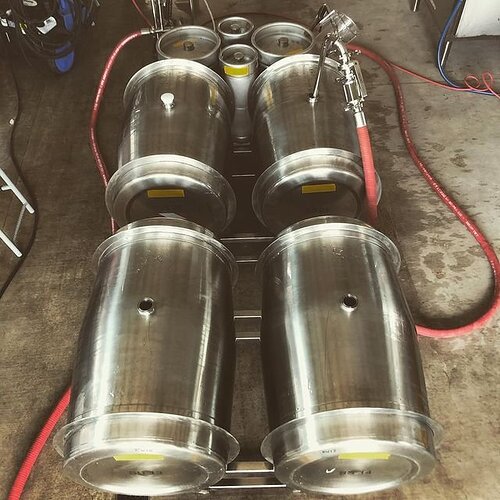Jancis Robinson’s website hosts an annual essay contest, accepting wine writing submissions on different topics. 2021’s theme was “old vine vineyards”. Each year’s published Wine Writing Contest articles are free to read.
"…Inspired by the Old Vine Conference, an initiative designed to emphasise the value of old vines and to try to keep them in the ground rather than being pulled out in favour of higher-yielding young vines, we are proposing to make old vines the topic of this year’s competition.
"…What we’re looking for is:
"An account of an old vineyard, or parcel of old vines – the less well-known the better
"The Old Vine Conference initiative is designed to increase the perceived value of old vines in the eyes of growers, wine professionals and wine lovers … You will find links to recordings of the proceedings on oldvines.org. Further down the WWC21 webpage is a list of over 70 separate profiles of ancient-growth vineyards from around the world.
A handful of the WWC21 essays explore California’s Zinfandel / “field blend” plantings:
· “Scherrer Family Vineyard, California” by Jillian Riley
· “Ray Road, California” by Miranda McCage
· “ZinStar Vineyard, California” by Gwendolyn Alley
“The Shortlist”: 20 WWC21 Finalists:
“…It was tough enough to decide which of the 136 entries to publish. But the toughest job of all has been to cut the 74 published entries into a manageable shortlist. Jancis, Julia, Andrew and I now have the equally difficult task of selecting the winner and runners-up with the help of Sarah Abbott MW, champion of old vines and founder of The Old Vine Conference.”
Of the finalists, it appears that three vineyards are from California; 2 are interplanted with Zinfandel:
· “Compagni-Portis Vineyard, California” by Mary K. Miller
· “Evangehlo Vineyard, California” by Chris Howard
· “AJ Duckhorn Vineyard, California” by Ezra Wicks
Jancis Robinson website:
Old Vineyard Conference website:
oldvines.org


